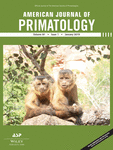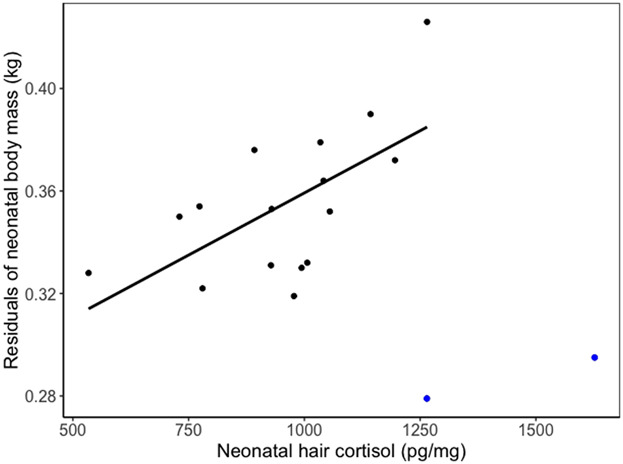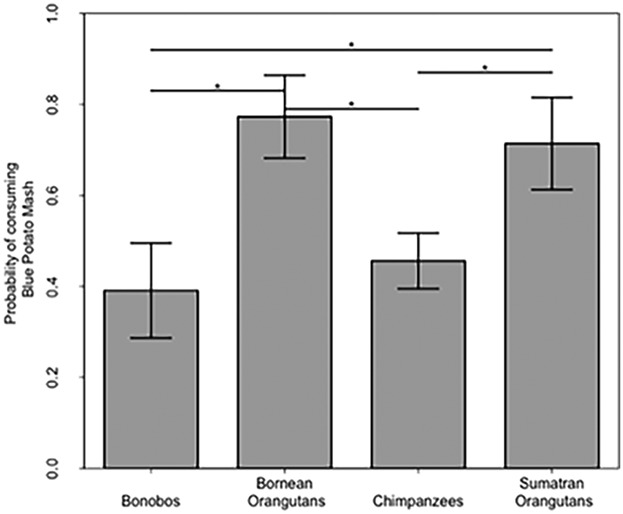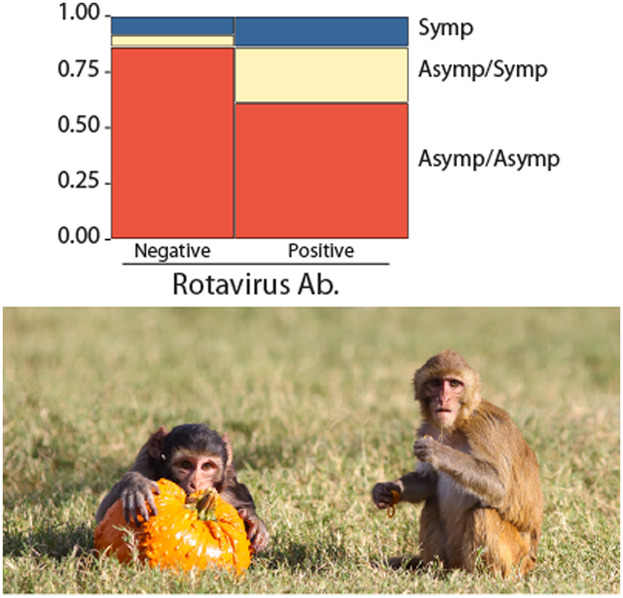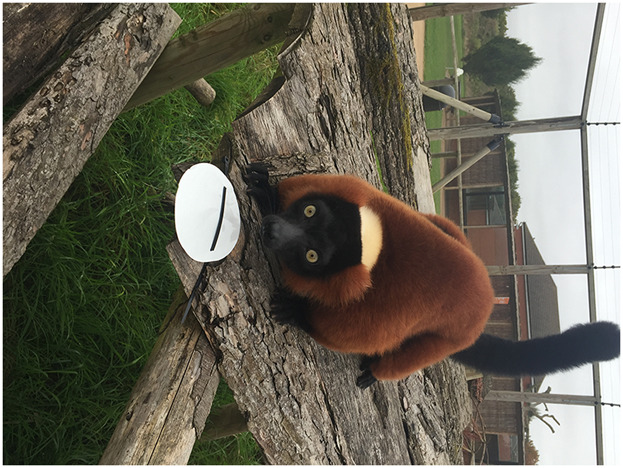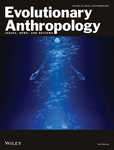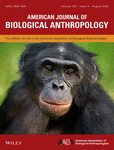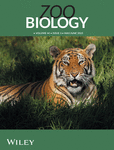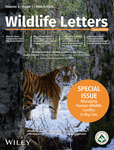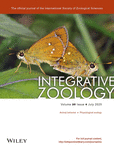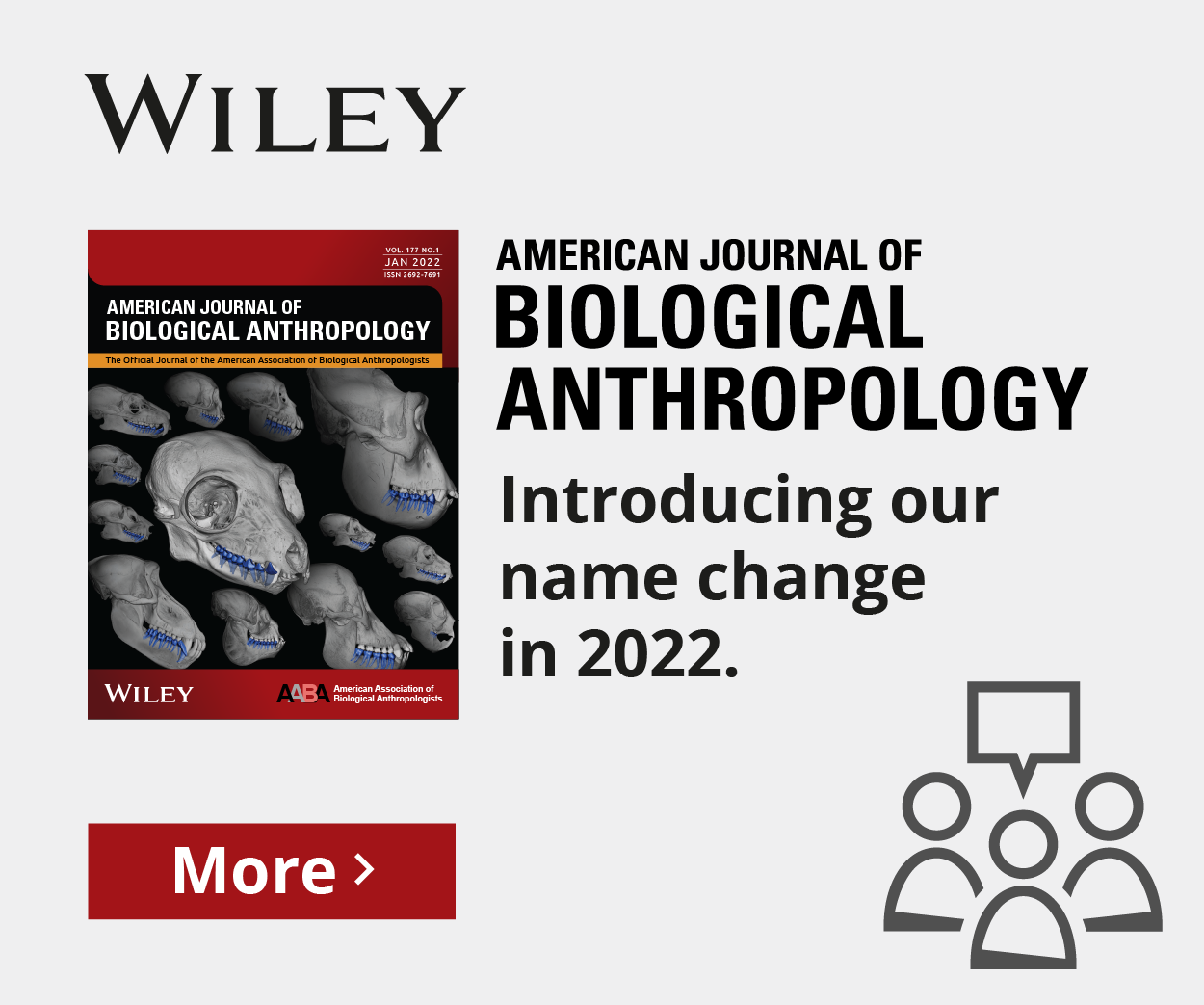Journal list menu
Export Citations
Download PDFs
ISSUE INFORMATION
RESEARCH ARTICLES
Environment and time as constraints on the biogeographical distribution of gibbons
- First Published: 03 January 2019
Time budgets limit the biogeographic distribution of gibbons and siamang. Time that has to be allocated to resting seems to be the main constraint. The limits on group size are not so restrictive as to make monogamy obligatory.
Natural variation in fetal cortisol exposure is associated with neonatal body mass in captive vervet monkeys (Chlorocebus aethiops)
- First Published: 03 January 2019
Differences in novel food response between Pongo and Pan
- First Published: 03 January 2019
Does group size matter? Captive chimpanzee (Pan troglodytes) behavior as a function of group size and composition
- First Published: 08 January 2019
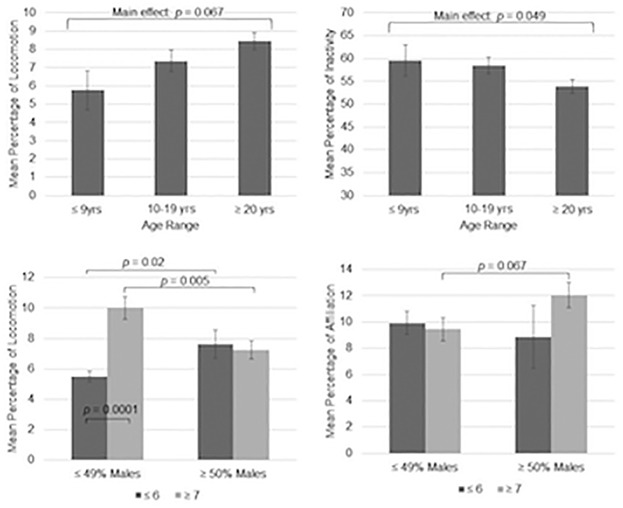
Across 120 captive chimpanzees in 17 groups of various sizes, within-group age ranges, and percentages of males, chimpanzees in groups of 7 or more individuals and at least half males exhibited the highest levels of affiliative behavior. Chimpanzees in groups with a larger age range exhibited more locomotion and less inactivity compared to chimpanzees in groups with smaller age-ranges. Lastly, chimpanzees in groups of 7 or more individuals with less than half males exhibited higher levels of locomotion compared to those in other group sizes and compositions. These findings help to define functionally appropriate captive environments (FACEs), and can be applied to a variety of captive settings, including zoos, laboratories, and sanctuaries.
Rotavirus is associated with decompensated diarrhea among young rhesus macaques (Macaca mulatta)
- First Published: 08 January 2019
BOOK REVIEW
RESEARCH ARTICLE
Sex differences in scent-marking in captive red-ruffed lemurs
- First Published: 21 January 2019





